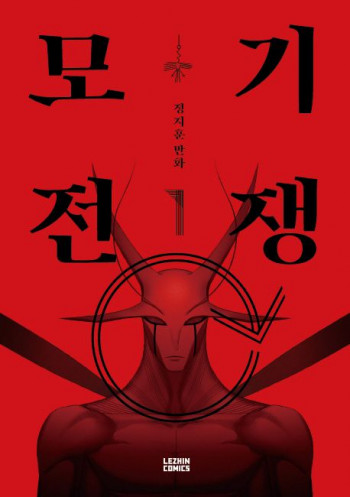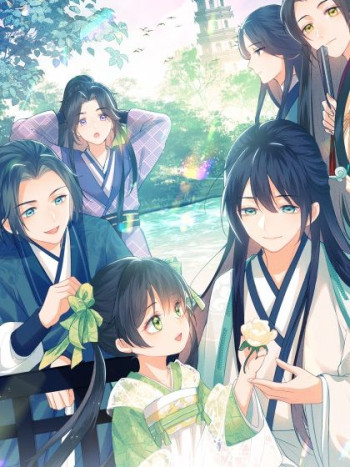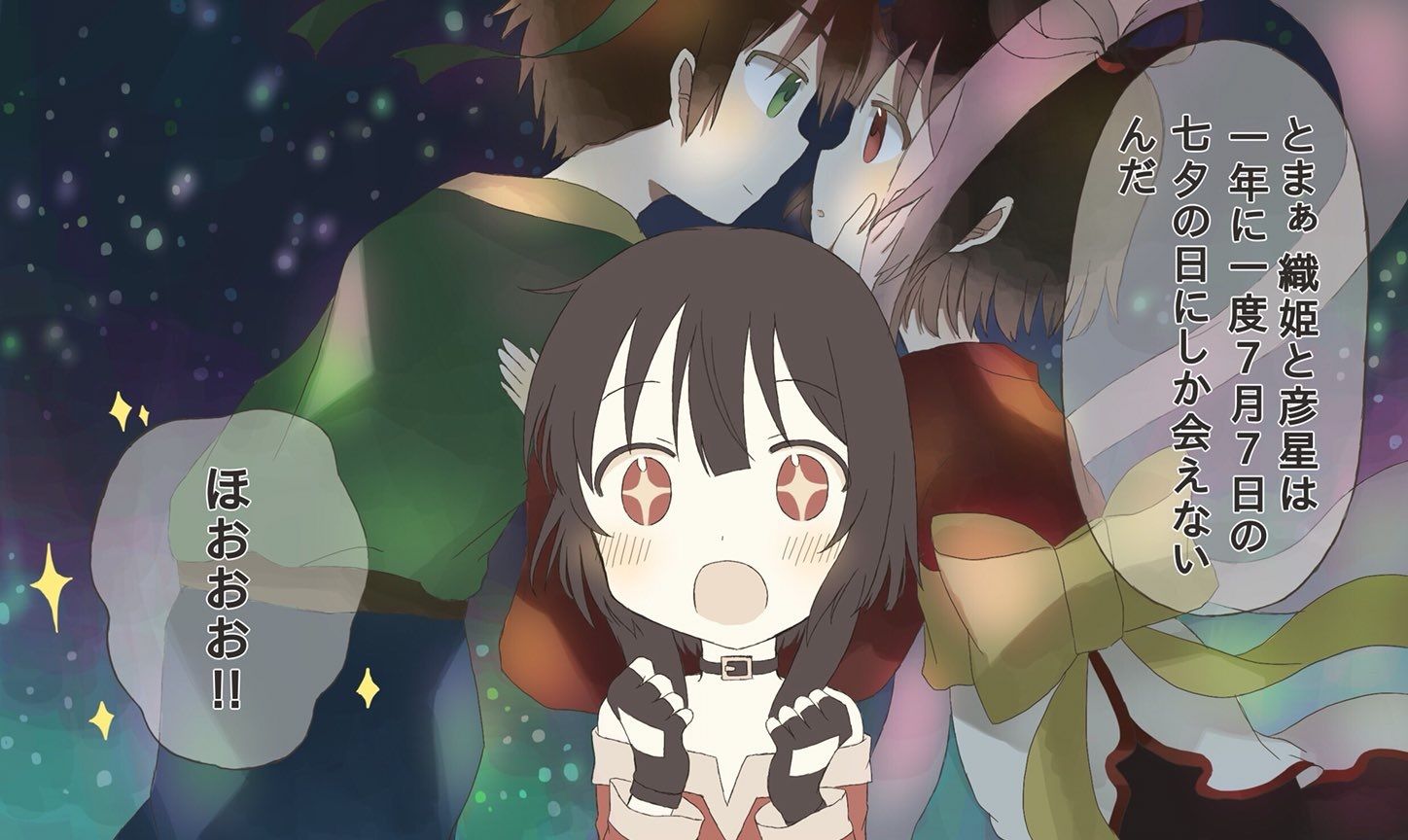Dead and Gone, the ninth installment in Charlaine Harris's beloved Sookie Stackhouse series, continues to weave a rich tapestry of supernatural intrigue, personal conflict, and the complexities of identity in a world where the lines between human and non-human are increasingly blurred. As the series progresses, Harris deepens her exploration of the social dynamics between various supernatural beings, while also honing in on Sookie's personal growth and the challenges she faces in a rapidly changing environment.
The premise of this novel is particularly engaging: with vampires having revealed their existence to the world, other supernatural beings, such as werewolves and shapeshifters, are now stepping into the limelight. This shift not only serves as a backdrop for the narrative but also reflects real-world themes of acceptance, fear, and the struggle for recognition. Harris adeptly uses the supernatural as a metaphor for marginalized groups seeking visibility and equality, making the story resonate on multiple levels.
Sookie Stackhouse, the series' protagonist, is a telepathic waitress who has always been on the fringes of both human and supernatural societies. Her unique abilities and her relationships with various supernatural beings—most notably her brother Jason, who is a were-panther, and Sam, her shapeshifter boss—provide her with a unique perspective on the unfolding events. In Dead and Gone, Sookie's character development is particularly noteworthy. She grapples with her identity as a human in a world increasingly dominated by supernatural politics, and her willingness to step into the role of investigator when a were-panther is found murdered showcases her bravery and loyalty to her community.
The murder mystery that Sookie becomes embroiled in serves as a catalyst for her character's evolution. As she delves deeper into the investigation, she confronts her own fears and insecurities, ultimately emerging as a more empowered individual. Harris skillfully balances the tension of the murder plot with Sookie's internal struggles, creating a narrative that is both thrilling and introspective. The stakes are raised not only by the immediate danger of the killer but also by the looming threat of an ancient race of beings that are preparing for war, which adds a layer of urgency and suspense to the story.
One of the most compelling aspects of Dead and Gone is Harris's ability to create a vivid and immersive world. The small town of Bon Temps, Louisiana, serves as a microcosm for the larger societal issues at play. The interactions between the various supernatural factions—vampires, werewolves, and shapeshifters—are fraught with tension, reflecting the complexities of coexistence and the fear of the unknown. Harris's world-building is meticulous, and her attention to detail enhances the reader's experience, making the supernatural elements feel both believable and relatable.
Character development is another strong point in this installment. Sookie's relationships with her friends and allies are tested as the plot unfolds. The dynamics between her and characters like Eric Northman, the enigmatic vampire, and Alcide Herveaux, the werewolf, are particularly engaging. Their interactions are charged with emotional depth, and Harris does an excellent job of exploring the nuances of love, loyalty, and betrayal. As Sookie navigates her feelings for these characters, readers are treated to a rich exploration of romantic tension that adds another layer to the narrative.
Moreover, the introduction of new characters and the expansion of existing ones keep the story fresh and engaging. The new threats that emerge challenge Sookie and her friends in unexpected ways, forcing them to confront their own prejudices and assumptions about each other. This theme of understanding and acceptance is woven throughout the narrative, making it a poignant reflection on the importance of empathy in a divided world.
Harris's writing style remains accessible and engaging, with a blend of humor and drama that keeps the reader invested. The dialogue is sharp and witty, providing moments of levity amidst the darker themes. This balance is crucial, as it allows the reader to connect with the characters on a deeper level, making their struggles feel personal and relatable.
In comparison to other works in the urban fantasy genre, Dead and Gone stands out for its character-driven narrative and its exploration of social issues. While many authors focus primarily on action and adventure, Harris takes the time to delve into the emotional and psychological aspects of her characters' lives. This depth sets her work apart from others, such as the Mercy Thompson series by Patricia Briggs or the Women of the Otherworld series by Kelley Armstrong, both of which also feature strong female protagonists navigating complex supernatural worlds. However, Harris's unique blend of Southern charm, humor, and social commentary gives her series a distinctive flavor that resonates with readers.
Overall, Dead and Gone is a compelling addition to the Sookie Stackhouse series that expertly balances mystery, character development, and social themes. Charlaine Harris has crafted a narrative that not only entertains but also provokes thought about identity, acceptance, and the nature of humanity. As Sookie continues to navigate her tumultuous world, readers are left eagerly anticipating her next adventure, fully invested in her journey of self-discovery and empowerment.
























Reviews 0
Post a Reviews: